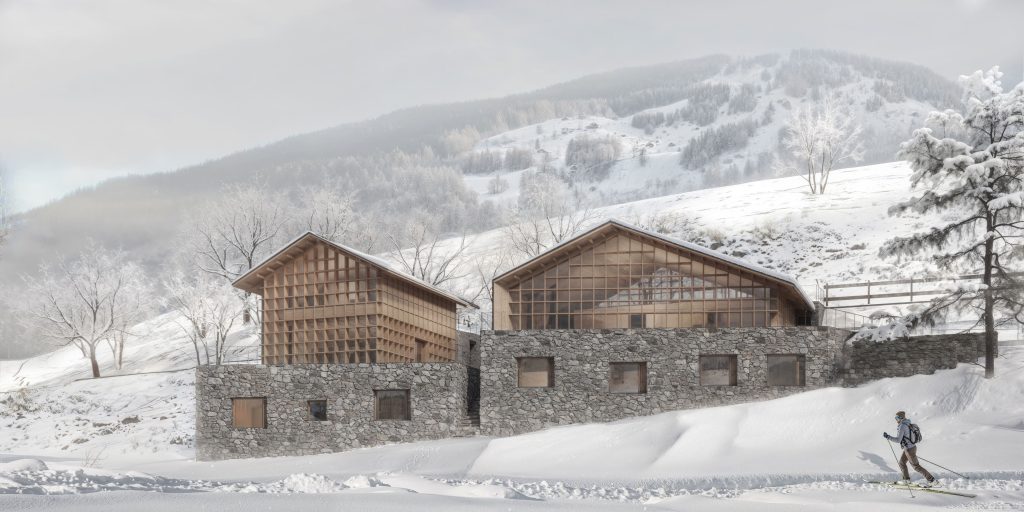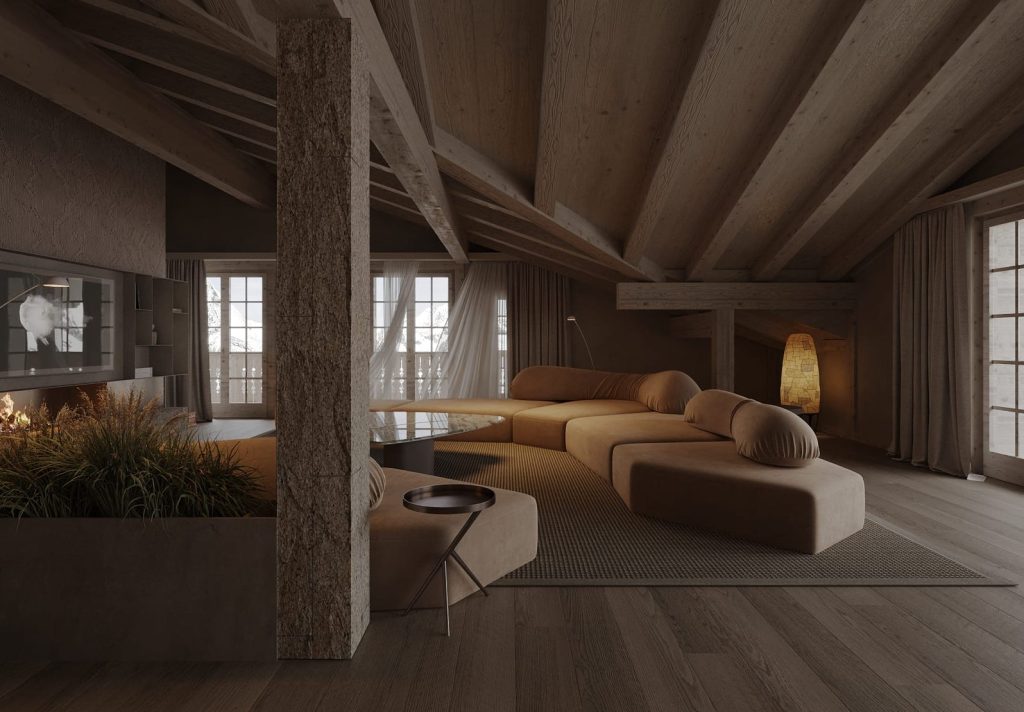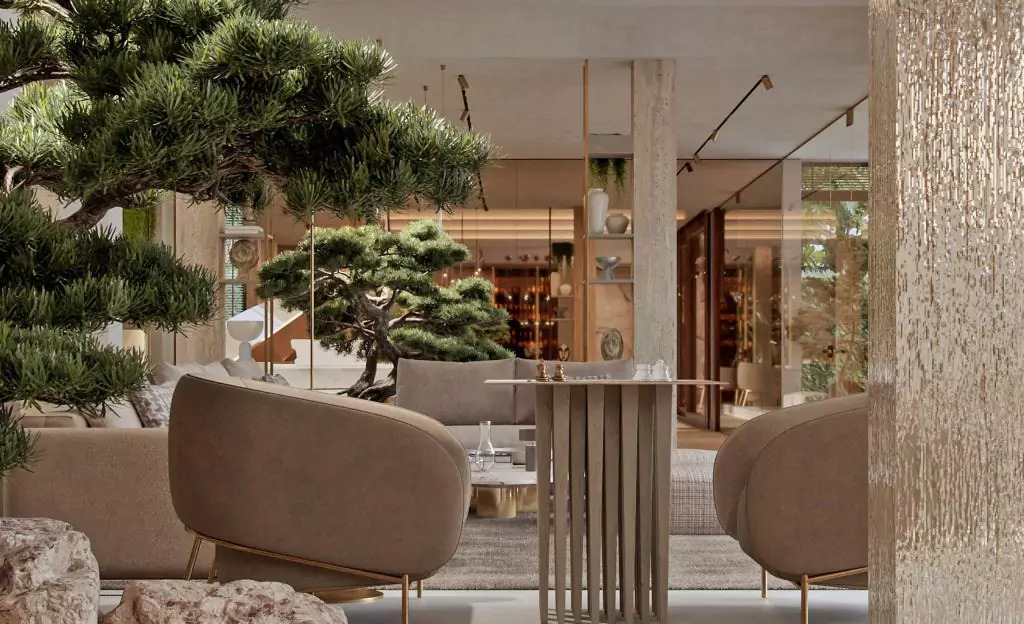The Role of Materials in Modern Interior Design
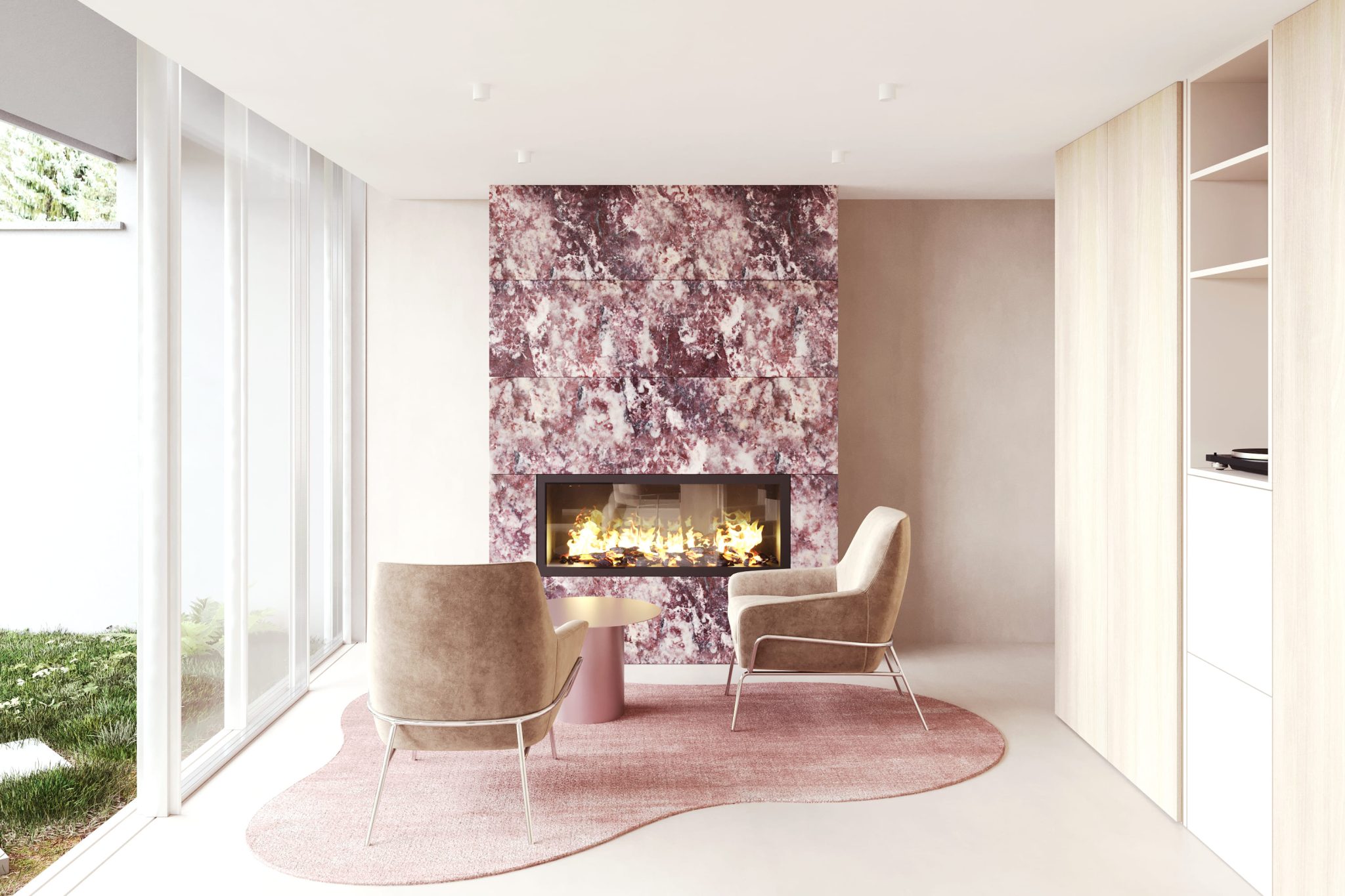
Defining the Role of Materials in Interior Design
Materials form the foundation of interior design, going beyond mere aesthetics to significantly influence the functionality and mood of a space. They affect the sensory experience, imparting texture, color, and form. Whether it's the warmth of a wooden table, the cool elegance of a marble countertop, or the quirky charm of a metal accent piece, the materials you select play a pivotal role in creating an environment that's not only visually compelling but also comfortable and inviting.
However, choosing materials for interior design isn't just about looks or even immediate comfort. It's also about sustainability, health, and comfort over time. Today’s savvy designers pay attention to the impact materials have on building performance, indoor air quality, and overall health and comfort. They're considering factors like energy efficiency, sustainability, and lifecycle impacts, prioritizing materials that minimize harm to the planet and its inhabitants. The result? Spaces that are as healthy and eco-friendly as they are beautiful.
Exploring Different Materials: A World of Possibilities
The world of modern interior design materials is teeming with an unparalleled richness, offering endless possibilities. Your choices aren't limited merely to aesthetics - practical considerations such as durability, versatility, and suitability for the intended use are just as pivotal. A captivating selection of materials can take your design scheme to an entirely new level of depth and intricacy.
Over the years, cutting-edge technologies and innovative design approaches have widened the scope of material selection in interior design. From organic and natural materials like wood and stone to synthetic ones like plastics and resins, the spectrum is vast.
Synthetic materials have gained popularity due to their durability and affordability. Plastics are one of the most common synthetic materials used today. New architectural solutions tease out its versatility, allowing it to be used in a range of interior design elements, from furniture to decorative features.
Switching gears to sustainable materials, these are fast becoming central to modern interior design. They address the urgent need for environmental conservation while offering unique aesthetic appeal. Bamboo, for instance, has emerged as a great alternative to wood. It is sustainable and robust and brings an earthy vibe to any space. The use of such innovative materials reflects the essence of cutting-edge interior design.
Overall, the choice of materials in interior design isn't merely about aesthetics. It has significant implications for sustainability, energy efficiency, and indoor air quality. Hence, picking the right materials is a major step in crafting spaces that are not just visually appealing but also mindful of the broader environment.
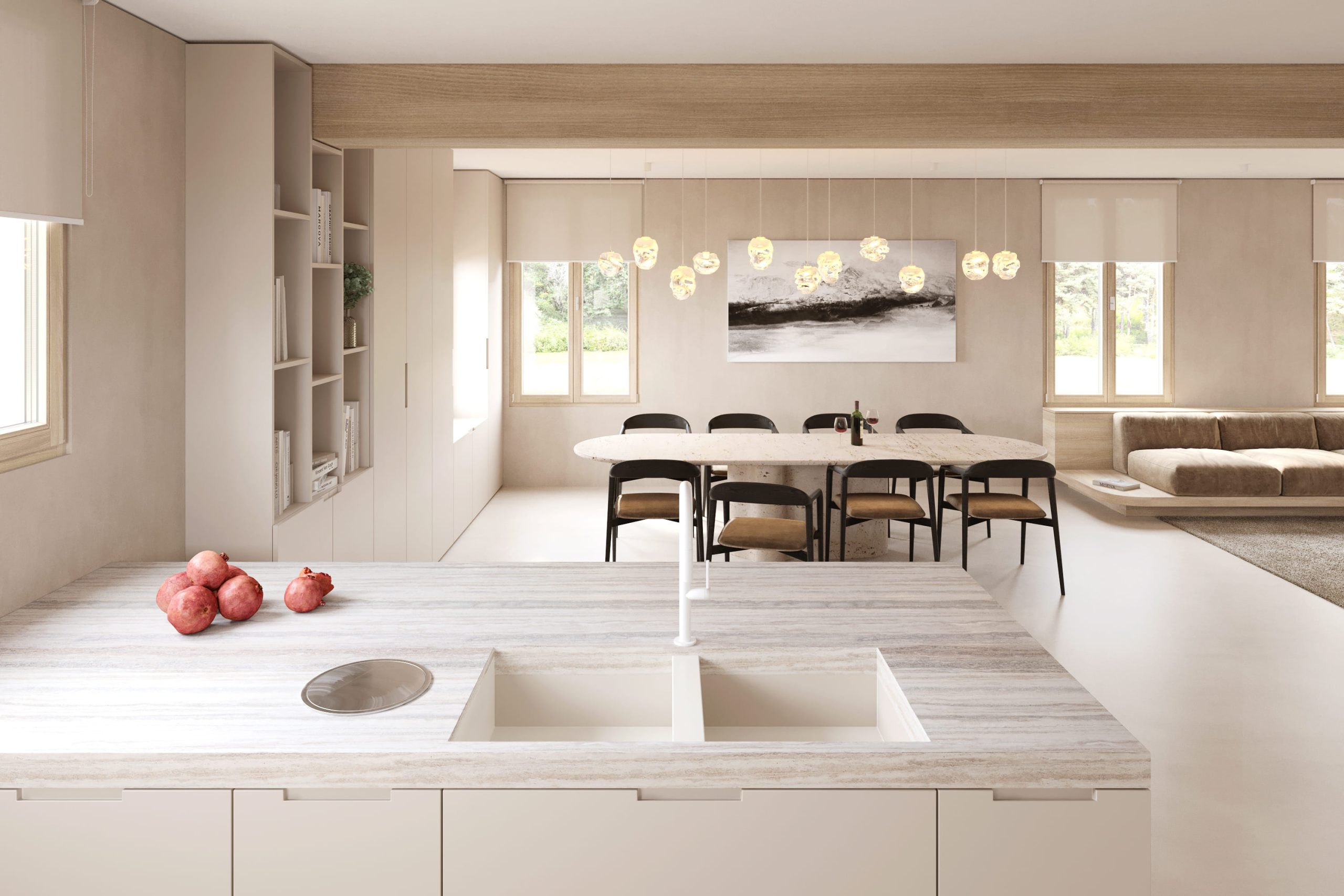
Rediscovering Wood: Timeless and Versatile
Wood continues to foster admiration among designers and homeowners alike, earning its place as a must-have in the realm of interior design. Beloved for its versatility and timeless appeal, wood can be crafted into an array of finishes, offering unmatched range in texture and tone. This allows it to complement virtually any interior design style - from an intimate, rustic setting to a more modern, minimalist space.
Uniquely, wood functions both as a structural element and as an aesthetic feature, enabling designers to present a cohesive visual narrative within a space. Imagine an open-concept living area boasting an exposed cross-laminated timber (CLT) ceiling: this not only serves as a structural component but also enriches the space with natural warmth and character. The ability of wood to create such scenarios underlines its invaluable role in the sphere of interior design.
The emergence of sustainable designs has further elevated the use of wood. As we strive for eco-friendly materials, wood presents itself as an excellent option due to its renewable and recyclable nature. Importantly, wooden elements are durable and require minimal maintenance, underscoring their sustainability. With proper care, wood ages gracefully, and its charm only increases over time as patina and scuffs add layers to its history. Truly, in the ever-evolving world of interior design, wood has proven its staying power.

Metal Tones: Adding Industrial Chic to Your Space
Imagine the rich, earthy tones of wrought iron creating a bold industrial chic aesthetic in your living space. Wrought iron, once seen primarily as a material for outdoor furniture or historical renovations, is experiencing a resurgence in popularity among design purists who appreciate its timeless elegance and durability. The raw, rugged texture of iron can add a sense of depth and charisma to any space, giving rise to a style that's inherently bold and understated all at once.
The art of extracting metal and crafting it into interior design elements is not limited to iron, however. One of the current interior design trends is the resurgence of silver accents. Silver finishes can add a touch of subtle sophistication and elegance to your contemporary home decor. Whether used sparingly as accent pieces or liberally for furniture and fixtures, silver can infuse your space with a cool, sleek vibe that speaks of luxury and timeless appeal.
The core of the design philosophy lies within the balance of material use, which extends far beyond aesthetics. When selecting metals for your space, consider the environmental properties alongside cost, performance, and aesthetics. Iron and other metals can be reused indefinitely without losing their quality, making them an excellent choice for sustainable interior design. Opting for metals that can be responsibly sourced and recycled enables making an eco-friendly design that does not compromise style or durability.

Glass: The Illusion of Space and Elegance
Turning our attention to an indispensable element of modern design, namely glass, because it really does magic in interior spaces. Its key strength lies in its versatility and the deceptive simplicity it brings into play. Glass can create the illusion of spatial expansion by amplifying light and forging visual continuity. Mirrored surfaces, glass partitions, stunning window expanses - these are but a few of the many ways that you, as a designer or homeowner, can leverage the transformative capacity of this material.
When used judiciously, glass can single-handedly elevate the aesthetics of a space, introducing a sense of elegance and refinement. Think of transparent glass staircases or sleek shower enclosures. Not only do they evoke a minimalist design aesthetic, but they also allow for an interesting interplay of light and texture. Beyond the visual spectacle, glass offers practical benefits such as improved natural lighting, fostering a connection to the outdoor environment, and aiding in energy efficiency by regulating indoor temperatures.
In the sustainable design sphere, recycled glass is making waves. It's not a stretch to say that incorporating recycled glass elements into your design adds a layer of environmental consciousness to your aesthetic narrative. Just remember that while glass brings a distinct charm, it also requires a delicate balance.

Fabrics and Textiles: Softening the Interior Landscape
The allure of fabrics and textiles in interior design extends far beyond their tactile allure. Many may overlook their significance, but the choice of fabric type and texture can drastically modify the ambiance of a space. Imagine a room draped with heavy velvet draperies; for instance, it'll convey a sense of opulence and drama. If you switch these with light, airy linen curtains, the same room transforms into a cozy, casual refuge, a testament to linen's organic appeal.
The rise of sustainable materials in the interior design space is notable, facilitating the creation of eco-friendly spaces. Synthetic fabrics may seem a modern staple, but consider the growing popularity of organic cotton canvas—an eco-conscious alternative that offers both visual and tactile warmth. Researchers are constantly pushing the boundaries for sustainable fabric options.
Beyond aesthetic considerations and sustainability, the intimacies of fabric selection extend to occupant health and comfort. Particular attention should be paid to selecting fabrics for upholstery or wall coverings as they directly affect the air quality of the space. Non-toxic, breathable, and hypoallergenic materials are some considerations that play into the healthy interior design equation.

Stone: A Touch of Nature in Modern Design
Stone, as a material, lends a sense of strength and permanence to an interior space, echoing nature's durability and innate beauty. Whether used in the form of solid surfaces, veneers, or decorative accents, stone infuses a space with a textural richness that both anchors and enlivens the design. The myriad colors and patterns found within various types of stone can be harnessed to create intriguing interplays of light and shadow, adding visual dynamism to any room.
From marble countertops that denote elegance and sophistication to rustic slate wall claddings that heighten aesthetic charm, different types of stone materials cater to a wide array of design styles. Yet, at the core of its appeal, stone's inherent characteristics of longevity, sustainability, and low maintenance align with today's increasing focus on eco-friendly and resilient design options.
In the realm of sustainable practices, stone also reflects a commitment to environmental responsibility. It's a natural, non-polluting, energy-efficient material that doesn't deplete the earth's resources or our energy supply. With proper consideration and thoughtful implementation, the integration of stone in interior design aligns harmoniously with the principles of eco-conscious living, marrying aesthetics with sustainability.


